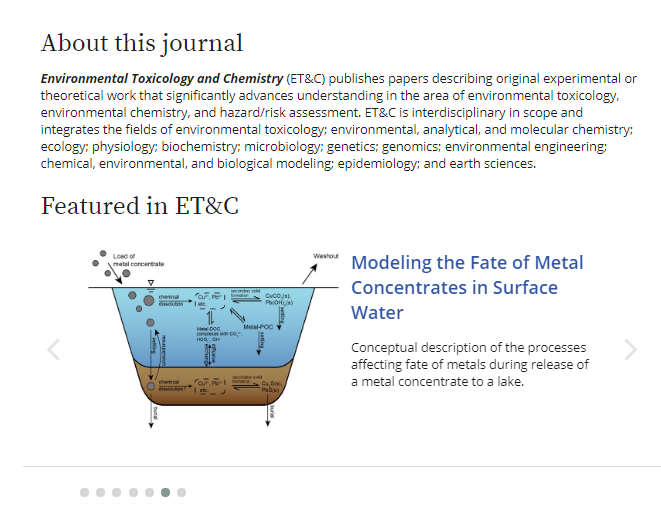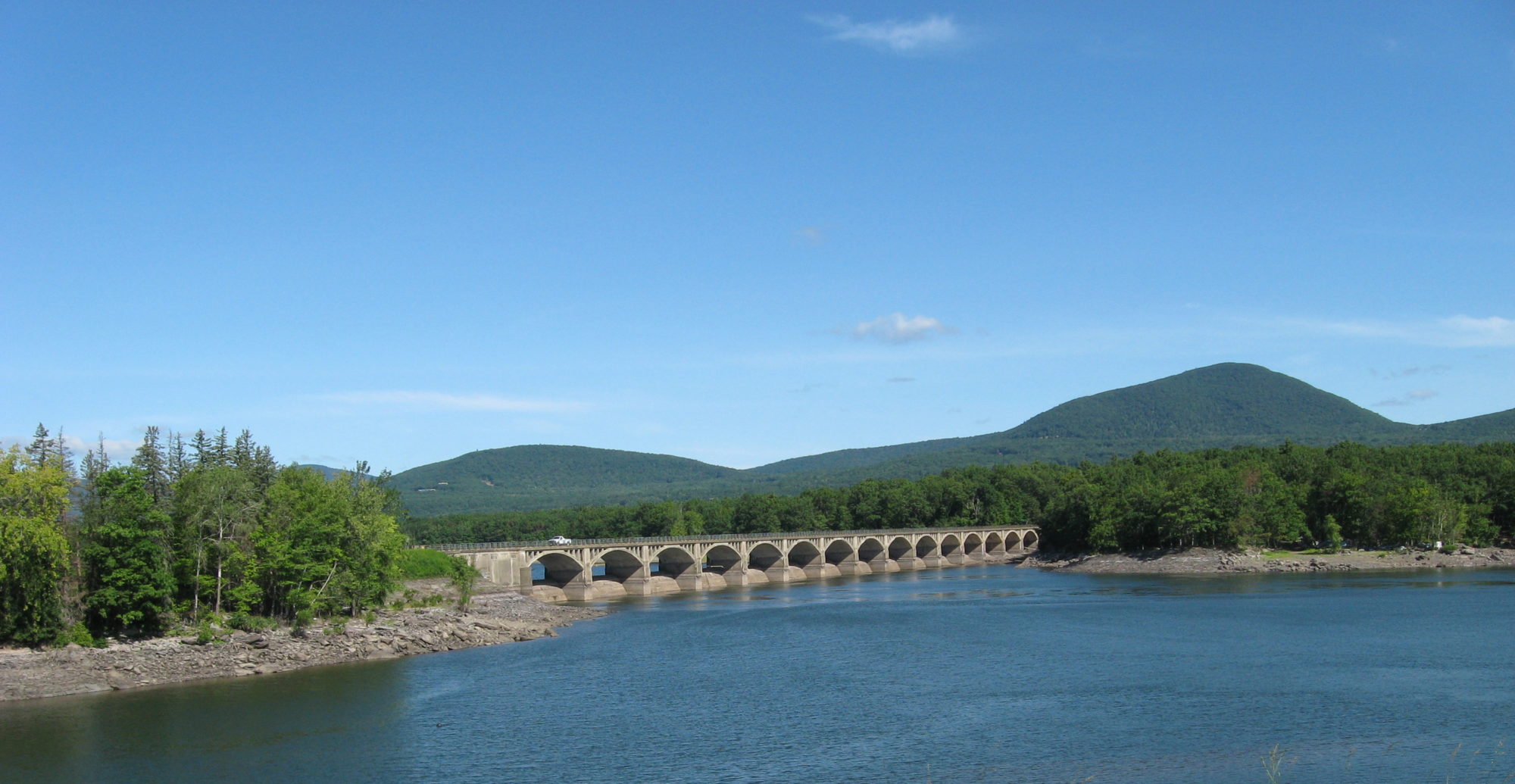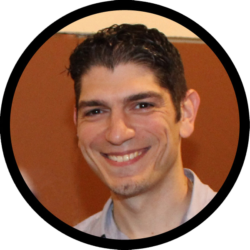Welcome Class of 2028!
SETAC North American 43rd Annual Meeting
The SETAC North America annual meeting and conference is coming up the week of November 13th https://pittsburgh.setac.org/. I’ll be co-chairing a session on Quantifying the Fate and Effects of Metals: Balancing Complexity with Practicality on Tuesday, November 15, 2022 from 10:00 AM – 12:40 PM and giving a poster on Wednesday my collaboration with U. Delaware and Imperial Oil on Simulating Enhanced Evaporative Flux Remediation of High Salinity Soils Using a Modified HYDRUS-PHREEQC-1D Model. Hope to see you there!
Featured Article in ET&C
Our article on modeling metal concentrates in surface water is a featured article in Environmental Toxicology and Chemistry! Thanks again to all of my co-authors on this manuscript. https://doi.org/10.1002/etc.4417

Writing Team Selected for Greeley Award
ASCE has honored myself, Marc A. Santos and Robert R. Sharp with the 2019 Samuel Arnold Greeley Award for the paper “Control Strategies for the Mitigation and Removal of Attached Manganese Biofilms,” in the January 2018 issue of the Journal of Environmental Engineering.
https://news.asce.org/writing-team-selected-for-greeley-award/
2018 Environmental Toxicology and Chemistry Conference
This year’s Environmental Toxicology and Chemistry Conference (SETAC) is in Sacramento from November 4 to 8. I’m chairing a session on “Fate and Effects of Metals: Biogeochemical Perspective” with my colleague Kevin Rader. We are also presenting a series of papers on rapid removal of metals from the water column. Hope to see you there!
Fall 2016 – Advanced Unit Operations
Welcome back everyone. This semester I’m teaching Advanced Unit Operations in the graduate Environmental Engineering program at Manhattan College. This course covers advanced unit process such as carbon adsorption, ion exchange and chemical oxidation for the treatment of water and wastewater. What I really like about teaching this class is that we have the opportunity to cover processes in depth, spending up to two full weeks per process. Since this is an advanced course, there are prerequisites such as ENGS 204 (Environmental Engineering Principles) and ENVL/G 506 (Water and Wastewater treatment). E-mail me if you have any questions or would like more information on the course.
Upcoming class offering at Manhattan College – Spring 2015
Next semester I am teaching ENVG 736 – Advanced Unit Operations on Monday nights at Manhattan College. Here is the course description: Advanced study of the processes used for water and wastewater treatment with an emphasis on design principles and process modeling. Processes covered include reactor design and analysis, carbon adsorption, ion exchange, chemical oxidation of inorganic and organic contaminants, primary and secondary disinfection, strategies for control of disinfection byproducts and membrane technologies.
Paper published in Environmental Chemistry
I’m happy to report that my paper on Cr(III)-aminocarboxylate oxidation was just posted to the Environmental Chemistry journal website. The paper describes rates and product distribution of Cr(III) complexes with the chelating agents iminodiacetic acid (IDA) and nitrilotriacetic acid (NTA). This is the first published work that discusses rates of oxidation of distinct Cr(III) complexed to organic ligands.
Chemistry of Snowflakes
A great little video created by the American Chemical Society on the chemistry of snowflakes:
The video summarizes nicely what is in Ken-Libbrecht’s Field Guide to Snowflakes, which is a wonderful visual introduction to the morphology of snowflakes.

